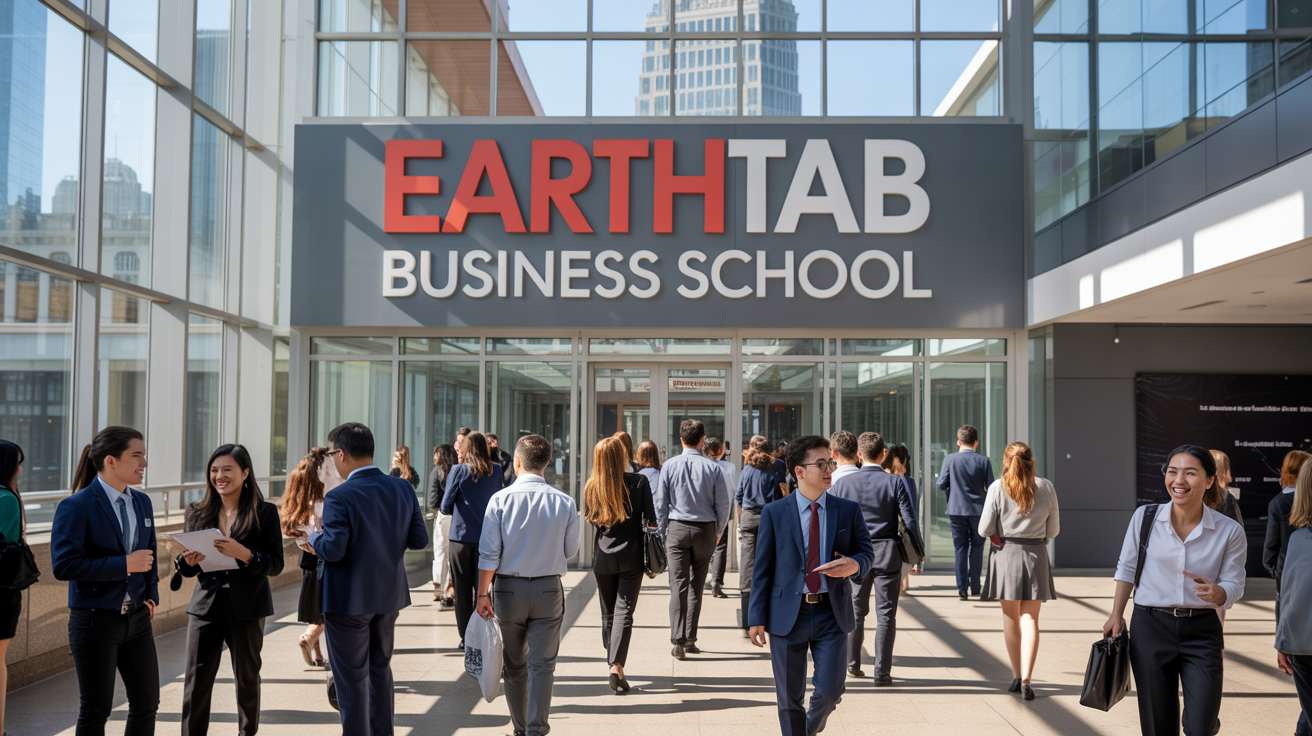 EarthTab Business School
EarthTab Business School
☰
|

Welcome To EarthTab Business School. My Name Is Isla Roberts And I Will Be Your Course Preceptor For The Course, Still Life And Realism Art Techniques. Still Life and Realism Art Techniques is a comprehensive, professional-level course that delves into the deep theoretical, technical, aesthetic, and philosophical aspects of still life and realism in fine art. This course is structured to not only enhance observational precision but to develop a multi-dimensional artistic mind that sees beyond the object and into the essence of representation, composition, lighting, texture, form, space, and narrative embedded in real-world subjects. This course represents a complete academic and studio approach to two of the most foundational pillars of art Still Life and Realism. You will explore how to train the eye to observe subtle nuances of light, shadow, proportion, texture, and atmospheric perspective while applying various materials and techniques to render life-like art in a wide range of traditional and mixed media. Whether you're an intermediate learner hoping to master classical realism or a professional artist transitioning into museum-quality realism, this course provides the intensive depth and academic rigor to push your artistic boundaries. By the end of this course, you will: Develop highly refined observational skills essential for realism. Understand and apply historical and contemporary techniques used by masters in the field. Master the art of value gradation, edge control, lighting schemes, and composition planning. Apply a variety of media (graphite, charcoal, colored pencil, watercolor, acrylic, oil) in realistic and still-life artworks. Accurately replicate textures such as glass, ceramics, fruit, wood, leather, cloth, fur, and metal. Create multi-object compositions that display depth, harmony, and narrative strength. Learn the science of light and color theory as it applies to realistic rendering. Explore stylistic realism, including photorealism, hyperrealism, impressionist realism, and narrative realism. Develop an exhibition-ready portfolio complete with critique, revision strategies, and visual storytelling. Ancient Roots: From Egyptian funerary objects to Greco-Roman frescoes. Renaissance Realism: The impact of artists like Caravaggio, da Vinci, and Michelangelo. Dutch Golden Age Still Lifes: Food, mortality, opulence, and symbolic narratives. 19th & 20th Century Realism: Realism as a political and social force—Courbet to Hopper. Contemporary Realism: The rise of hyperrealism and digital-reference realism. Mimesis vs. Expression: Is art merely an imitation of life? The Observer’s Eye: Phenomenology and visual truth. Beauty in the Ordinary: The power of mundane objects in still life. Sighting techniques, comparative measurement, and grid methods Negative space awareness and proportion mapping Building form through tonal transitions Techniques like chiaroscuro, sfumato, and tenebrism Atmospheric perspective and value compression Dry Media: Graphite layering, charcoal hatching, pastel blending Wet Media: Oil glazing, acrylic underpainting, watercolor washes Mixed Media: Combining ink with watercolor, pencil with pastel Digital Realism: Basics of photorealistic rendering using digital brushes Rule of thirds, golden ratio, eye flow, and visual hierarchy Balance, rhythm, emphasis, unity, and movement Storytelling through still life Grisaille and underpainting for realism Layering techniques for translucent materials Rendering reflective and refractive surfaces (glass, metal, water) Texture mapping: fabric folds, stone, foliage, organic matter Creating a sense of depth without relying on contour lines Capturing momentary realism fading flowers, burning candles, melting ice Narrative Still Life: Telling stories through arrangement Symbolism: Embedding metaphors in composition (memento mori, vanitas, etc.) Cultural Still Life: Exploring heritage through objects Modern Realism: Realism in political art, social commentary, and conceptual realism Art Students: Those pursuing Fine Art degrees, diplomas, or certificates. Professional Artists: Artists seeking to refine and upgrade their realism skills. Educators: Art teachers and instructors looking to deliver realism-focused curricula. Art Enthusiasts & Hobbyists: Intermediate learners with a foundational grasp of drawing and shading. 10 Comprehensive Modules, each including: Deep theoretical insights Advanced demonstrations Media exploration Critique and feedback strategies 5 quiz questions per module 1 Final Exam: 50 multiple-choice questions (with answers) Portfolio Requirement: Submission of at least 3 still life works and 2 realism-focused human/object studies for peer/instructor review. Each student will be assessed through: Module quizzes (self-paced) Peer critiques and instructor feedback Final portfolio 50-question comprehensive theory exam This course is designed to align with professional visual arts curriculum standards, making it suitable for inclusion in university programs, art academies, or certified training institutes. Media & Tools: Graphite pencils (H-9B) Charcoal sticks and powdered charcoal Erasers (kneaded and vinyl) Colored pencils Ink and brush pens Acrylic, watercolor, oil paints Canvas, panels, toned and white paper Brushes (round, flat, detail) Easel and studio lighting Optional Digital Tools: Drawing tablets Photoshop or Procreate for digital realism practice Reference Sources: High-res photographic references Real-life objects for observation Anatomy books for realism studies Lighting kits or natural light arrangements By the end of the course, you will: Be capable of producing photorealistic and expressive still life works Have a portfolio showcasing their progressive mastery of realism techniques Understand the artistic, cultural, and narrative power of still life Possess the ability to analyze and critique realism artworks with academic precision Be prepared to exhibit their work, enter competitions, or apply for art residenciesCourse Overview:
Learning Objectives
Theoretical Foundation
1. Historical Context
2. Philosophical Basis
Practical Core Skills
Observation and Measurement
Light, Form, and Value
Media and Methods
Composition Design
Advanced Techniques Covered
Artistic Application and Conceptual Development
Target Audience
Course Format and Delivery
Assessment and Accreditation
Materials and Resources Needed
Outcome and Capstone
I Look Forward To Congratulating You Upon Completion Of This Course

Unlocking Professional Potential through world-class assessments and industry-ready training.
"Empowering Professionals through practical, accessible online business education"
- Blessing Princess Agho
 Founder/Lead Instructor
Founder/Lead Instructor